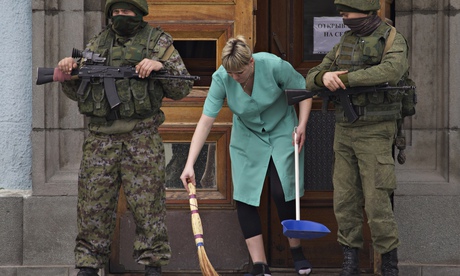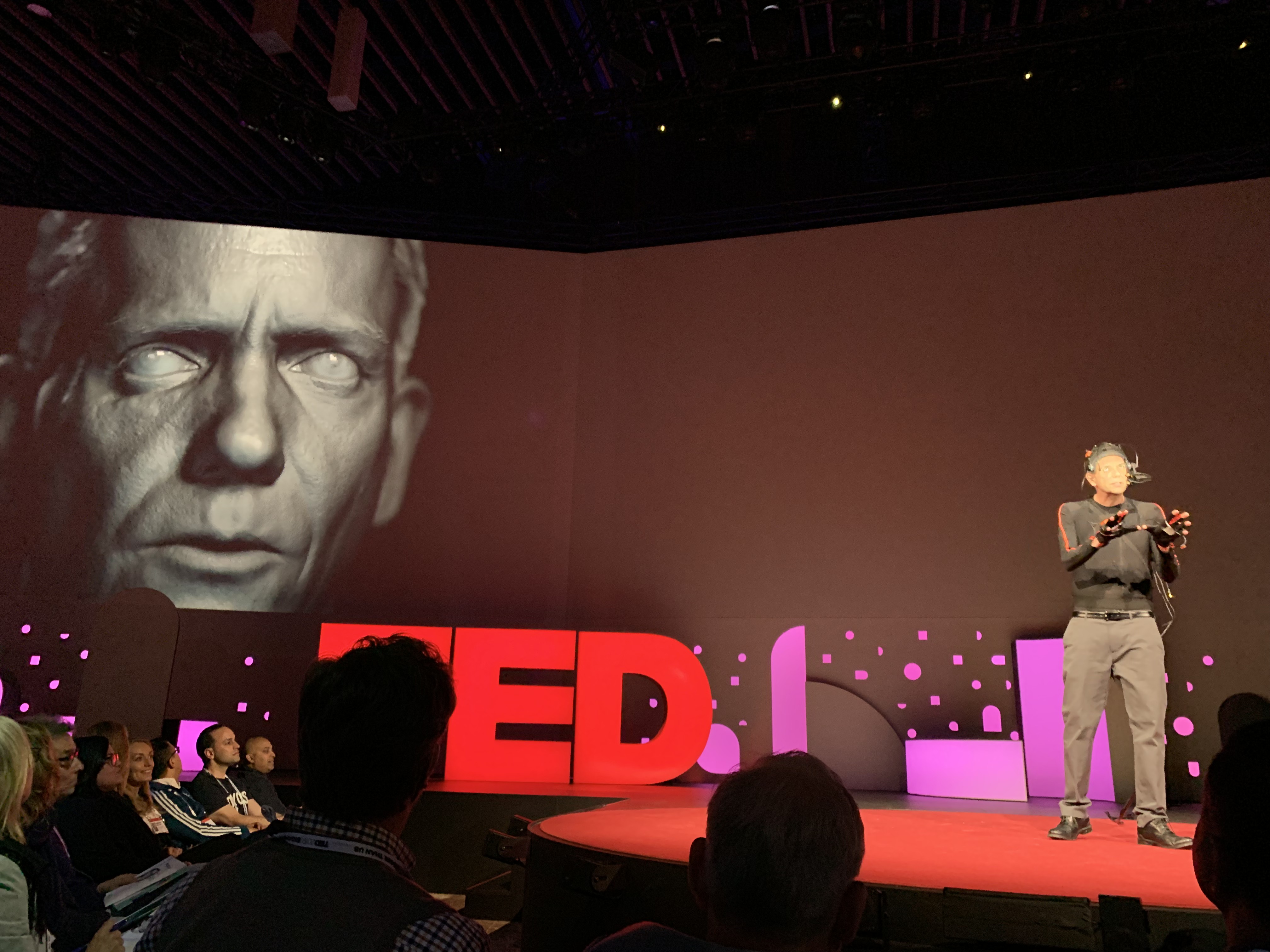After weeks of escalating violence in Ukraine, the dam broke on international involvement on March 1, as Russia sent 6000 soldiers into Crimea. Ostensibly, the force was deployed as a response to a plea for aid from disgraced Ukrainian president Viktor Yanukovych as well as a desire to protect Russian citizens living in Ukraine. The validity of this statement is still under debate at the United Nations, and it is difficult to imagine that the Russian history with Crimea has nothing to do with the current occupation. Given that Crimea, an autonomous region within Ukraine since the fall of the Soviet Union, is populated mostly by Russians and is also home to the Sevastopol Naval base which is owned and operated by Russia, the area is certainly of some strategic interest to Russia.

However, whatever reason Russia has put forth for its occupation of Crimea, the fact remains that Putin has made the first move, and it is now up to the rest of the international community to respond (or not).
The most likely avenue for a multilateral response is through NATO, as the Russian veto in the United Nations Security Council will make any coordination through the UN next to impossible. Various factions in Ukraine, particularly those in the western regions of the country, have already called for Western aid in fear of a total Russian takeover.
At time of writing, NATO had released a statement condemning Russia’s action in Ukraine, citing the occupation of Crimea as a breach of international law, and urging both parties to seek a peaceful resolution. However, there has been no agreement on coordinated action, and for now, NATO seems to be adopting a ‘wait and see’ policy.
NATO is electing to refrain from any coordinated activities, although individual member countries are releasing their own statements independent of the organization. President Obama has indicated that due to the Russian aggression in Ukraine, joint military exercises will be halted and economic sanctions against Russia may be considered if the Kremlin does not pull back. Obama has also committed $1 billion in aid to Ukraine in an effort to help the weak interim government stabilize and hold firm against the Russian occupation. Prime Minister Harper has indicated that Canada will work closely with the United States at this stage in the crisis, and has recalled the Canadian ambassador from Moscow.
In contrast, many European NATO members have preferred to hedge their bets and support mediation and discourse, rather than a sanctions package, to stem the flow of hysteria coming out of Ukraine.
The crisis in Ukraine shows no signs of slowing, and the Russian presence in Crimea is stirring up old Cold War animosities that are making for a very tense international environment.
So thus far the global community seems to be playing a waiting game. But given the possibility that Russia will not back down in response to a stern talking to, NATO’s options should be considered given that the organization will likely be the source of any multilateral coordinated response, as mentioned above.
NATO’s Options
I) Article 4: Since Ukraine is not a NATO member, they cannot invoke Article 5 of the NATO treaty, which says that an attack against one member state is an attack against all. However, that does not necessarily mean that NATO will not get involved under the auspices of Article 4 of the treaty, which states that if member states feel that their security or territorial integrity is under threat, a military response could be organized. While the crisis in Ukraine is likely to stay in Ukraine, neighbouring NATO member state Poland has already expressed concern over potential spillover effects.
II) Fast-track Ukraine to NATO membership: A Ukraine fully integrated into Europe and the west is a Ukraine that Putin and Russia do not want. This would be an aggressive move, but would allow Ukraine to stand up to Russia with the full weight of NATO behind it, in the hopes that Russia will retreat back behind its own borders. This would also then give NATO the option to organize a military response, which would then be under the auspices of Article 5.
However, this is problematic for several reasons, but in particular because 51% of Ukrainians are opposed to NATO membership, and only 21% support it. With that kind of domestic resistance, NATO membership for Ukraine would appear imposed and would not be sustainable in the long run.
III) Deploy troops to western Ukraine: Even without granting Ukraine membership, NATO could simply deploy troops to western Ukraine under the pretense of defending the security of ethnic Ukrainians and other Europeans- the same argument Putin is using to justify the Russian occupation of Crimea.
IV) Urge member countries to send money: The United States has already committed $1billion, and the rest of NATO could follow. Financially tying Ukraine to the west would allow NATO to maintain influence in the country without aggravating Russia with a military response. The issues with pouring money into a weak and destabilized economy are vast and varied, but it could be the quickest, easiest, and safest response to Russia for NATO. However, any international fiscal rescue package would likely come from the IMF than from NATO itself.
V) Sanction Russia: Much like a financial rescue package, this response would not be coordinated by NATO, but would likely happen on a country-by-country basis. The United States has already indicated that it will consider levying sanctions against Russia if it continues to violate Ukraine’s sovereignty. If enough countries follow in American footsteps, the results could prove disastrous for Russia, as the Russian economy has already felt the effects of a possible economic distancing from the west. However, widespread sanctions are somewhat unlikely as many western European countries still rely on Russia for much of their oil and natural gas (much of which is transported through Ukraine). In theory, the United States could compensate for the loss of Russian energy by increasing its own exports to Europe, but that would require a rapid shift in the American energy export portfolio, which may not occur quickly enough to prevent serious ramifications for Europe.

VI) Do Nothing: Ukraine is not a member of NATO or the European Union. Geopolitically, Ukraine has a closer relationship with Russia than with the rest of Europe. Crimea is full of Russians, and many pro-Russian rallies are popping up all over Crimea and even in other parts of Ukraine. It may be that Russia is actually in the best situation to stabilize the country and perhaps NATO should allow them to do so.
The crisis in Ukraine shows no signs of slowing, and the Russian presence in Crimea is stirring up old Cold War animosities that are making for a very tense international environment. NATO is the most likely avenue for a multilateral military response. However, any military action by NATO runs the risk of exacerbating rather than soothing tensions, and has the possibility to erupt into full-scale war with Russia. NATO, and its individual member countries, need to consider the origins of their own stake in Ukraine and how significant those interests are. In addition, if a stable and peaceful Ukraine is the endgame, NATO and the international community need to keep in mind the best interests for Ukraine, not just their own security environment.



